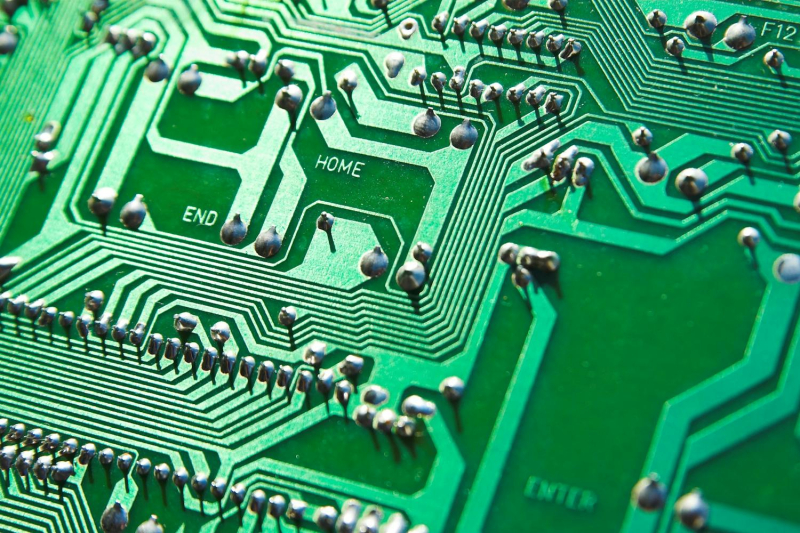
© Pixabay/Pexels
In the list of ecological scourges, that of pollution by electronic waste is located quite high on the risk scale; comfortably installed next to plastic pollution or global warming. This has reached an alarming level: more than 62 million tonnes per year, an increase of 82% since 2010. The question of their sustainable management is becoming more and more critical.
In 2022, less than a quarter of these will be recycled. A major challenge linked in part to the difficulty of effectively recycling printed circuit boards (PCB), which constitute a very significant part of this waste stream. Faced with this observation, a team of scientists from the University of Washington offers an encouraging solution.
A brand new formula
Published in the journal Nature Sustainability, the team's work clearly has potential. Traditional printed circuit boards are primarily made of fiberglass and hard plastic. It is very difficult to separate plastic from glass during the recycling process. The response of these researchers is to have developed a new material to make them, called vPCB, designed from a durable polymer called vitrimer.
Vikram Iyer, co-author of the study, explains: “ PCBs represent a significant portion of the mass and volume electronic waste […] They are constructed to be flame retardant and chemical resistant, making them very robust. But this also makes them virtually impossible to recycle. We have created a new material formulation that has electrical properties comparable to those of conventional PCBs, as well as a process to enable their repeated recycling “.
Easy recycling
The recycling process developed by the team is devilishly effective , see instead: it allows you to recover 98% of the vitrimer, 100% of the glass fibers and even 91% of the solvent used. Aniruddh Vashisth, who also participated in the study, explains the key to this success: the use of an organic solvent with a low boiling point. This solvent has the particularity of swelling the plastic of vPCBs without damaging the glass sheets or electronic components. So the circuits can be safely separated and recovered. Malin !
« At the molecular level, polymers are a bit like spaghetti, which is’ ;roll up and compact » Vashisth image. “ But vitrimers are distinguished by the fact that the molecules that make up each noodle can dissociate and re-associate. It’s a bit as if each piece of spaghetti was made up of little Legos ” continues the researcher.
Another big advantage of this approach: damaged circuits, such as those with cracks, are not thrown away. They can be repaired or their components separated for recycling.
Environmental impact assessment
If we adopted the vPCB on a global scale, the effect would be very positive. Indeed, their recycling would reduce global warming potential by 48% and carcinogenic emissions by 81% compared to traditional PCBs.
In this type of project, there always remains an essential issue to consider: that of costs . This is why Bichlien H. Nguyen, another of the authors, tempers: “ For these systems to really be implemented, it is necessary that’ ;there is cost parity and strict government regulations are in place ”. A pragmatic vision. “ Moving forward, we must design and optimize materials with sustainability measures as a first principle ” he continues -il.
This team has taken an important step in finding sustainable solutions for e-waste recycling, but if they move forward alone, their efforts will fail ;will not have sufficient range. It will also take concrete actions from public and private actors to overcome economic and regulatory obstacles and finally make this technology a large-scale reality. Fingers crossed!
- Researchers at the University of Washington have developed a new formula for manufacturing printed circuit boards using a durable polymer, vitrimer.
- This design allows easy recycling of circuits, which are normally very complex.
- Their adoption on a global scale would have a very positive, but still remains the question of the economic viability of putting into production and adapting regulations.
📍 To not miss any news from Presse-citron, follow us on Google News and WhatsApp.
[ ]
